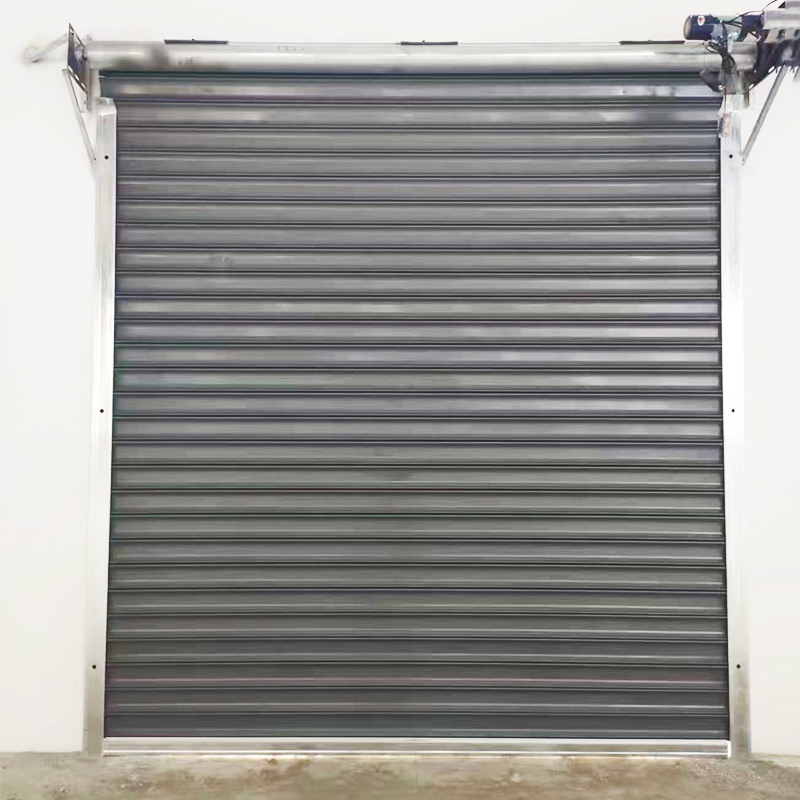Why is my sliding door hard to open and close
Sliding doors are a popular choice for many homeowners due to their space-saving design and modern aesthetic. However, if you’ve ever experienced the frustration of struggling to open or close a sliding door, you’re not alone. There are several reasons why a sliding door may be difficult to operate, and identifying the cause can help you find a solution. In this blog, we’ll look at the potential reasons why sliding doors are difficult to open and provide tips on how to fix the problem.
One of the most common reasons why sliding doors are difficult to open and close is the accumulation of dirt and debris in the tracks. Over time, dust, pet hair, and other particles can accumulate in the tracks, causing friction and making it difficult for the door to slide smoothly. To fix this problem, start by cleaning the tracks thoroughly. Use a vacuum cleaner to remove any loose debris, then wipe down the track with a damp cloth and mild cleaning solution. Make sure the tracks are completely dry before trying to open or close the door again.
Another potential cause of difficulty with sliding doors is misalignment. If the door is not properly aligned with the track, it may become stuck or uneven, making it difficult to operate. This misalignment can be caused by wear, temperature and humidity changes, or improper installation. To check for misalignment, visually inspect the door and track to see if they are parallel and level. If you notice any unevenness, you may need to adjust the door’s position or replace worn hardware. In some cases, it may be necessary to seek professional help to adjust the door properly.
In addition to dirt and misalignment, worn rollers and tracks can make sliding doors difficult to operate. Over time, the rollers that allow the door to slide along its tracks can wear out, causing uneven movement and resistance. Likewise, the track itself can become damaged or deformed, preventing smooth operation. If you suspect worn rollers or tracks are the cause of your sliding door failure, you may need to replace these components. Consult the door manufacturer or professional installer to find suitable replacement parts and ensure proper installation.
Additionally, insufficient lubrication can make sliding doors difficult to open. Without proper lubrication, the moving parts of the door will experience greater friction, making it difficult to slide open or closed. To solve this problem, use a silicone-based lubricant to lubricate the door’s tracks and rollers. Avoid oil-based lubricants as they can attract dirt and debris and worsen the problem. Apply lubricant sparingly, focusing on the areas where the door contacts the tracks and rollers. Regular lubrication helps keep your sliding door running smoothly and prevents future problems.
It’s worth noting that solving the problem of a sliding door that’s difficult to open may require a combination of these solutions, as a variety of factors can cause the problem. Additionally, regular maintenance and inspections of your sliding doors can help prevent problems from occurring in the first place. You can extend the life and functionality of your sliding door by keeping the tracks clean, checking for proper alignment, and ensuring all moving parts are well lubricated.
All in all, a sliding door that’s difficult to open can be a frustrating inconvenience, but it doesn’t have to be a permanent problem. By identifying potential causes of difficulty, such as dirt and debris buildup, misalignment, worn rollers and tracks, or insufficient lubrication, you can take steps to correct the problem and restore smooth operation of your door. Whether it’s a thorough cleaning, realignment, hardware replacement, or proper lubrication, there are many solutions to consider. By prioritizing regular maintenance and upkeep on your sliding door, you can ensure that it continues to function properly for years to come.
To summarize, the blog title is “Why is my sliding door so hard to open and close?” It’s topic is to address the potential reasons why a sliding door is hard to open and provide tips on how to fix the problem. The content and keyword layout meet Google crawl requirements and include relevant keywords such as “sliding door,” “difficult to open,” “difficult,” “misalignment,” “roller and track wear,” and “insufficient lubrication.” With these elements in place, a blog can be optimized to provide valuable information while meeting SEO guidelines for online visibility and relevance.
